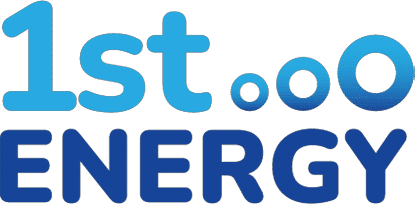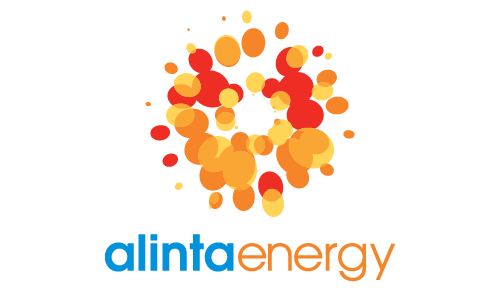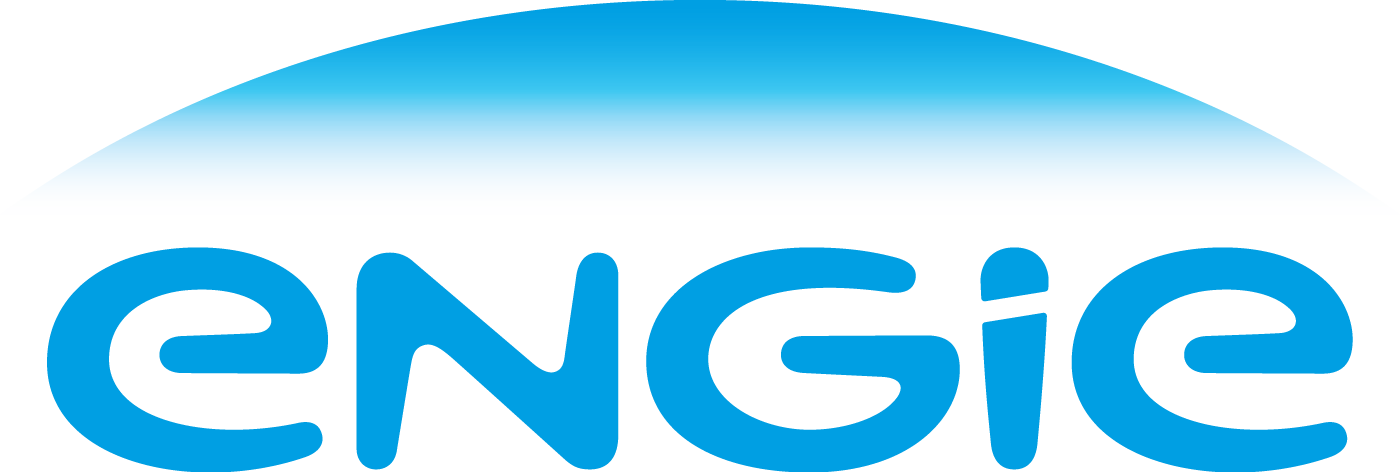Whether it's electricity, gas or a solar plan you're after, Savvy can help you compare some of Australia's leading retail energy plans side-by-side. Get started here today!
100% free. No impact on your credit score

Author
Savvy Editorial TeamFact checked














We’ve partnered with Econnex to bring you a range of energy plans to help you compare them.
Looking to compare solar plans for your home or business? By applying through us, you can access a 100% free comparison service. Whether you're interested in reducing your electricity bills, increasing your feed-in tariff or embracing clean energy options, finding a great solar plan has never been easier.
You won't need to pay a cent to compare a variety of energy plans online through Savvy, as it's 100% free.
By filling out your form and providing a recent energy bill, you can have all the facts and figures worked out for you.
When you fill out your quote, you'll be able to consider offers from some of the leading energy providers in Australia.
When comparing solar plans, it's important to look at more than just the feed-in tariff you receive. The amount you get paid for your excess electricity is just one side of the equation, as you’ll also consume electricity from the national grid when your solar panels aren't producing power, such as at night or on cloudy days with no sunshine.
Consider all these key factors to help you find the best possible solar plan for your needs:
Solar feed-in tariff
The solar feed-in tariff (also known as the ‘buy back rate’) is the rate at which an energy company pays you for the electricity generated by your solar panels, and then fed back into the national grid. It is typically measured in cents per kilowatt-hour (c/kWh). When deciding on a feed-in tariff, you'll have the option of selecting either a fixed-rate feed-in tariff, or a variable-rate feed-in tariff.
A variable-rate feed-in tariff offers varying rates depending on the time when electricity is exported to the grid. It offers higher rates during periods of high energy demand (typically in the evening) and lower rates during daytime hours. This type of tariff allows solar panel owners with battery storage to maximize their earnings by capitalizing on peak energy prices and adjusting their energy export accordingly. It's important to consider your energy consumption patterns and evaluate which feed-in tariff structure aligns best with your solar energy generation and usage habits.
Go for a good balance
Look for a plan with competitive tariff rates for both consuming and exporting electricity, as a high feed-in tariff alone may not guarantee the lowest electricity bills for you. Check what the tariffs are for peak, off-peak and shoulder rate electricity usage, and consider when you will be using most power from the grid, and which tariffs apply to those periods.
Solar panel system capacity
Check if there are any limits on the size of the solar panel system a particular plan will cater to, as some electricity plans specify they only apply to systems of a certain size or which generate a set limited amount of power, such as less than 10kw per day on average. Make sure you find a plan which is suitable for the size and efficiency of the panels you’ve installed.
Daily feed-in export limits
Some plans may have a cap on the amount of electricity you can export at a particular feed-in tariff. After this cap has been reached, the tariff may drop to a lower rate. For example, you may be offered 12c/kWh for the first 14kWh exported per day, but only 5c/kWh for any remaining electricity you export that day. Check these limitations don’t impact how much you could save on your plan when comparing. You may find that a fixed lower feed-in tariff with no cap offers a better deal than a higher rate feed-in tariff that is capped and so only applies to a small percentage of the power your system generates.
Time-limited feed-in tariffs
There are some solar plans which have a higher feed-in tariff only for a limited amount of time, such as the first three months. After this ‘honeymoon’ period, the tariff may reduce and become less competitive. Watch out for time-limited feed-in tariffs and compare the tariff being offered over the whole life of the plan, not just during the initial special offer period.
Contract terms
Consider the length of time the contract will last; does it have a fixed term (such as one or two years) or is it an ongoing contract? Review the length of the agreement and any early exit fees which may apply before committing to a longer-term plan which locks you in and potentially restricts your ability to switch plans to get a better deal without paying a hefty fee.
Supply charges
In addition to considering the feed-in tariff and electricity consumption rates on offer, it's important to pay attention to the supply charge too. This is a fixed cost per day which is charged to supply electricity to your property. Supply charges can vary significantly between different energy providers and have a significant impact on your overall electricity costs as a result.
Fees and additional charges
When comparing solar plans, it's important to examine not only the rates but also any potential fees or additional charges that may apply. These could include connection fees, administration fees or early termination fees. Understanding the fee structure of each plan is crucial for evaluating the true cost of that plan for your circumstances.
By carefully considering all of these factors and reading the fine print of the plan you choose, you can make an informed comparison and pick a solar plan that aligns with your energy needs most closely and provides the best deal for your electricity generation and consumption.
First and foremost, you can start by filling out a quote with information about you and your energy profile, such as where you live, your overall usage and more.
With the information in your form and a recent energy bill, you’ll be able to compare deals from a panel of leading energy providers based on a variety of important factors.
If you find an energy deal you’re happy with, you can go ahead and make the switch to a new plan or provider. This will be prepared and handled for you and can be completed in 24 to 48 hours.
Yes – combining your solar plan with your gas plan can potentially save you money. By bundling your energy services, you may be eligible for discounted rates, special offers or incentives from energy providers. Some retailers allow you to use your solar feed-in payments to offset your gas bills. Additionally, having both plans with one provider can simplify bill payments and streamline customer service. For this reason it’s important to compare offers to make sure you really are getting the best deal possible.
It may be possible to switch your solar plan if you’re renting, but this will depend on your landlord and the arrangements they have with the electricity provider for your property. Talk to your landlord about comparing solar plans and making a switch to a new policy to save money.
Some solar electricity plans offer additional incentives like sign-up bonuses, refer-a-friend rewards or discounts for using energy-efficient appliances. These additional benefits of a solar energy plan can assist to reduce your power bills even further. Take them into account when comparing plans to maximise your benefits.
Yes – some solar electricity plans allow you to incorporate battery storage systems. Battery storage can help you store excess solar energy for later use, reducing reliance on the grid, increasing self-consumption and reducing your electricity bills. It can significantly cut down the need to be connected to the national grid electricity.
When comparing the environmental credibility of different retailers, consider the renewable energy sources used by the providers, their commitment to providing carbon-neutral plans and any certifications or accreditations they possess, such as GreenPower certification.
Disclaimer:
Savvy is partnered with Econnex Comparison (CIMET Sales Pty Ltd, ABN 72 620 395 726) to provide readers with a variety of energy plans to compare. We do not compare all retailers in the market, or all plans offered by all retailers. Savvy earns a commission from Econnex each time a customer buys an energy plan via our website. We don’t arrange for products to be purchased directly, as all purchases are conducted via Econnex.
Any advice presented above is general in nature and doesn’t consider your personal or business objectives, needs or finances. It’s always important to consider whether advice is suitable for you before purchasing an energy plan. For further information on the variety of energy plans compared by Econnex, or how their business works, you can visit their website.
Quantum Savvy Pty Ltd (ABN 78 660 493 194) trades as Savvy and operates as an Authorised Credit Representative 541339 of Australian Credit Licence 414426 (AFAS Group Pty Ltd, ABN 12 134 138 686). We are one of Australia’s leading financial comparison sites and have been helping Australians make savvy decisions when it comes to their money for over a decade.
We’re partnered with lenders, insurers and other financial institutions who compensate us for business initiated through our website. We earn a commission each time a customer chooses or buys a product advertised on our site, which you can find out more about here, as well as in our credit guide for asset finance. It’s also crucial to read the terms and conditions, Product Disclosure Statement (PDS) or credit guide of our partners before signing up for your chosen product. However, the compensation we receive doesn’t impact the content written and published on our website, as our writing team exercises full editorial independence.
For more information about us and how we conduct our business, you can read our privacy policy and terms of use.
© Copyright 2025 Quantum Savvy Pty Ltd T/as Savvy. All Rights Reserved.
Our consultant will get in touch with you shortly to discuss your finance options.